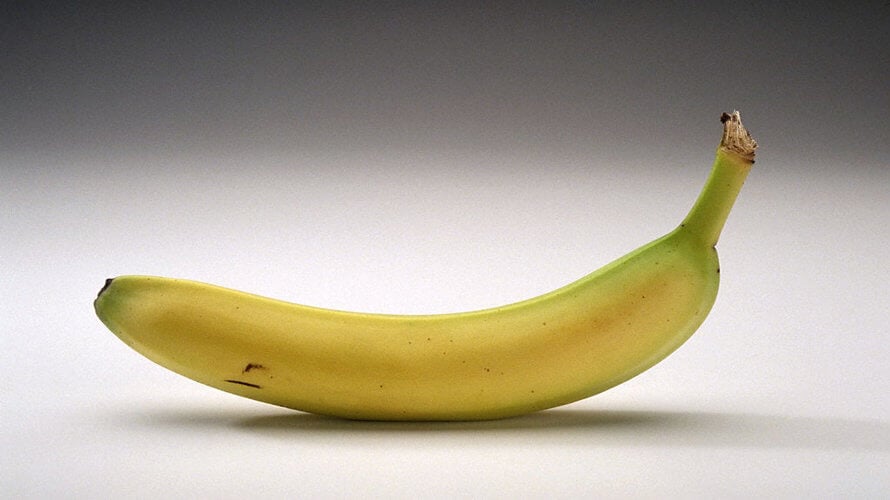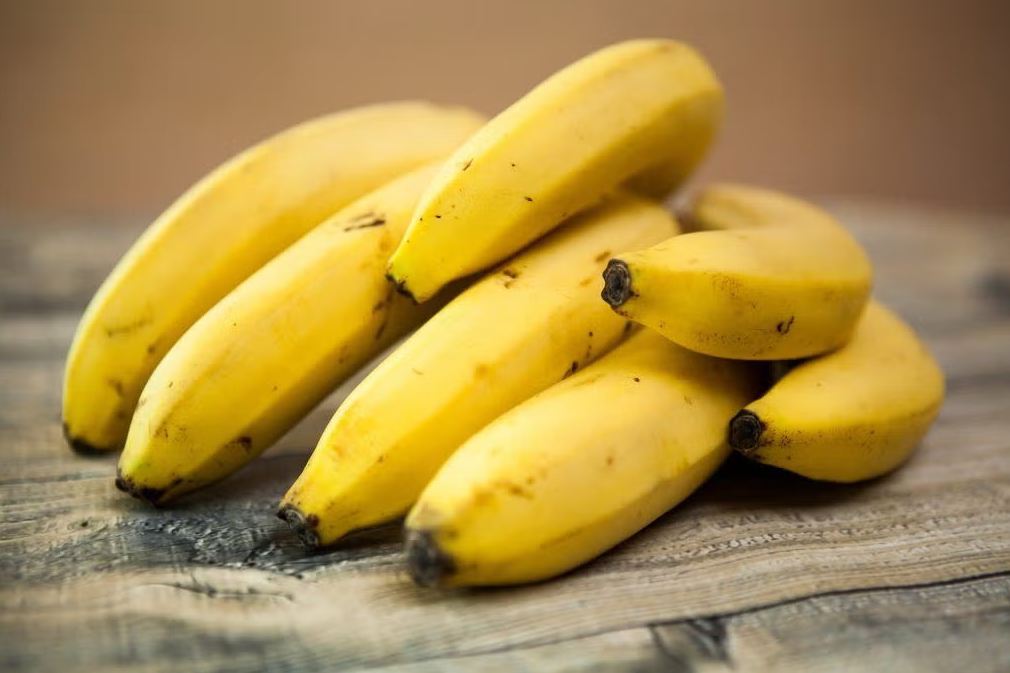Bananas are a popular and nutritious fruit, but they often ripen quickly, leading to waste. Traditional storage methods, like placing them in a fruit bowl, may not be the most effective. By understanding the science behind banana ripening and implementing simple storage techniques, you can extend their freshness and enjoy them longer.
The Role of Ethylene Gas
Bananas produce ethylene gas, a natural plant hormone that accelerates the ripening process. When bananas are stored near other fruits that also emit ethylene, such as apples or avocados, the concentration of this gas increases, causing all nearby produce to ripen faster. This is why keeping bananas in a fruit bowl with other fruits can lead to quicker spoilage.

Optimal Storage Practices
To extend the shelf life of your bananas, consider the following storage methods:
- Separate from Other Fruits: Store bananas away from other ethylene-producing fruits to slow down the ripening process.
- Cool, Dry Location: Keep bananas in a cool, dry place, away from direct sunlight and heat sources. Ideal temperatures are between 12°C and 15°C (54°F to 59°F).
- Avoid Refrigeration for Unripe Bananas: Refrigerating unripe bananas can halt the ripening process and result in a poor texture once thawed. However, once ripe, placing them in the refrigerator can help preserve their freshness.
Innovative Storage Solutions
An effective method to prolong banana freshness involves wrapping the stems with plastic or aluminum foil. This technique traps the ethylene gas produced at the stem, preventing it from affecting the rest of the fruit. By isolating the ethylene emission, the ripening process is slowed, allowing bananas to stay fresh longer.
Additional Tips for Freshness
- Use a Banana Hanger: Hanging bananas prevents bruising and allows for better air circulation around the fruit.
- Refrigerate Ripe Bananas: Once bananas reach your desired ripeness, placing them in the refrigerator can slow further ripening and extend their shelf life.
- Freeze Overripe Bananas: If bananas become overripe before you can consume them, peel and freeze them for use in smoothies or baking.

Conclusion
By understanding the factors that contribute to banana ripening and implementing proper storage techniques, you can enjoy fresh bananas for a longer period. Simple methods like separating them from other fruits, wrapping the stems, and utilizing appropriate storage conditions can make a significant difference. With these practices, you can reduce waste and make the most of this delicious fruit. In addition to proper storage, you can also experiment with natural preservation methods. For instance, keeping bananas in a paper bag with a slightly unripe apple can accelerate ripening if you want to enjoy them sooner. Conversely, avoiding excess moisture is essential, as damp environments promote mold growth and browning. Some people use breathable mesh bags to allow airflow while reducing direct contact. It’s also important to check bananas daily for spots or softening areas, removing any that are overripe to prevent them from affecting the rest. Combining these strategies with stem wrapping or refrigeration can maximize freshness and reduce food waste significantly. Proper handling and storage make bananas last fresh much longer.

















